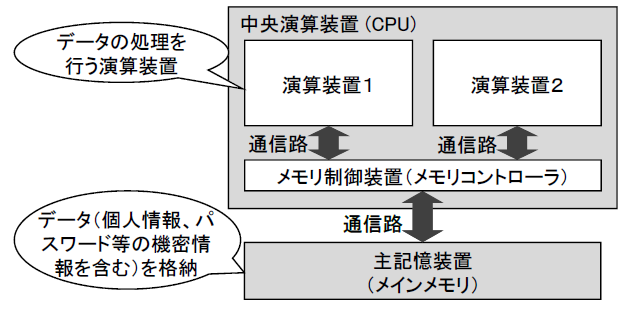2024-10-14 パシフィック・ノースウェスト国立研究所(PNNL)

<関連情報>
ARQUIN:マルチノード超伝導量子コンピュータのアーキテクチャ ARQUIN: Architectures for Multinode Superconducting Quantum Computers
James Ang, Gabriella Carini, Yanzhu Chen, Isaac Chuang, Michael Demarco, Sophia Economou, + 27
ACM Transactions on Quantum Computing Published: 19 September 2024
DOI:https://doi.org/10.1145/3674151
Abstract
Many proposals to scale quantum technology rely on modular or distributed designs wherein individual quantum processors, called nodes, are linked together to form one large multinode quantum computer (MNQC). One scalable method to construct an MNQC is using superconducting quantum systems with optical interconnects. However, internode gates in these systems may be two to three orders of magnitude noisier and slower than local operations. Surmounting the limitations of internode gates will require improvements in entanglement generation, use of entanglement distillation, and optimized software and compilers. Still, it remains unclear what performance is possible with current hardware and what performance algorithms require. In this article, we employ a systems analysis approach to quantify overall MNQC performance in terms of hardware models of internode links, entanglement distillation, and local architecture. We show how to navigate tradeoffs in entanglement generation and distillation in the context of algorithm performance, lay out how compilers and software should balance between local and internode gates, and discuss when noisy quantum internode links have an advantage over purely classical links. We find that a factor of 10–100× better link performance is required and introduce a research roadmap for the co-design of hardware and software towards the realization of early MNQCs. While we focus on superconducting devices with optical interconnects, our approach is general across MNQC implementations.



